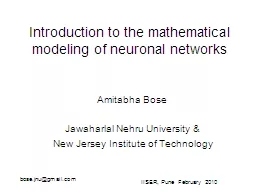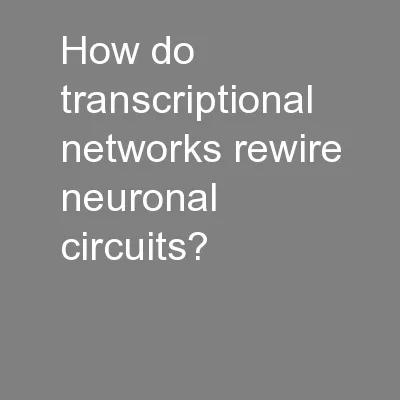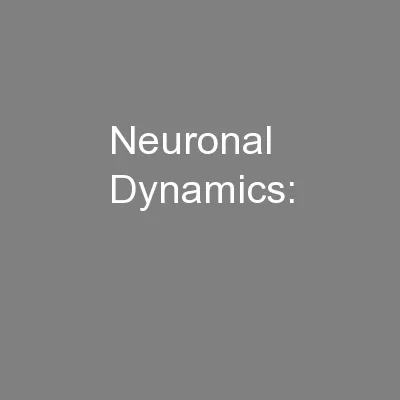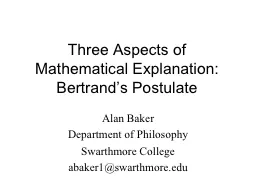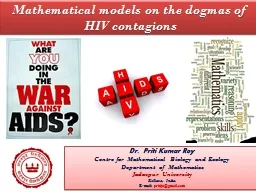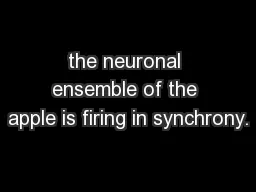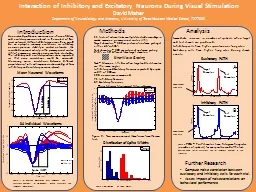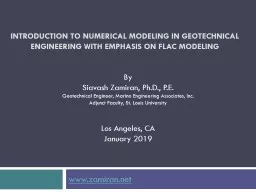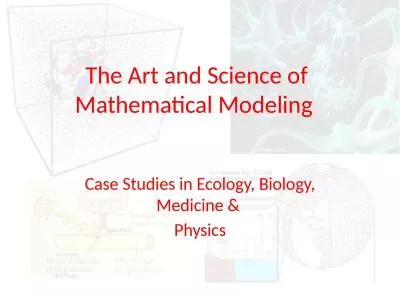PPT-Introduction to the mathematical modeling of neuronal netwo
Author : conchita-marotz | Published Date : 2015-11-09
Amitabha Bose Jawaharlal Nehru University amp New Jersey Institute of Technology IISER Pune February 2010 bosejnugmailcom Typical Neuron Applied Mathematicians
Presentation Embed Code
Download Presentation
Download Presentation The PPT/PDF document "Introduction to the mathematical modelin..." is the property of its rightful owner. Permission is granted to download and print the materials on this website for personal, non-commercial use only, and to display it on your personal computer provided you do not modify the materials and that you retain all copyright notices contained in the materials. By downloading content from our website, you accept the terms of this agreement.
Introduction to the mathematical modeling of neuronal netwo: Transcript
Download Rules Of Document
"Introduction to the mathematical modeling of neuronal netwo"The content belongs to its owner. You may download and print it for personal use, without modification, and keep all copyright notices. By downloading, you agree to these terms.
Related Documents

